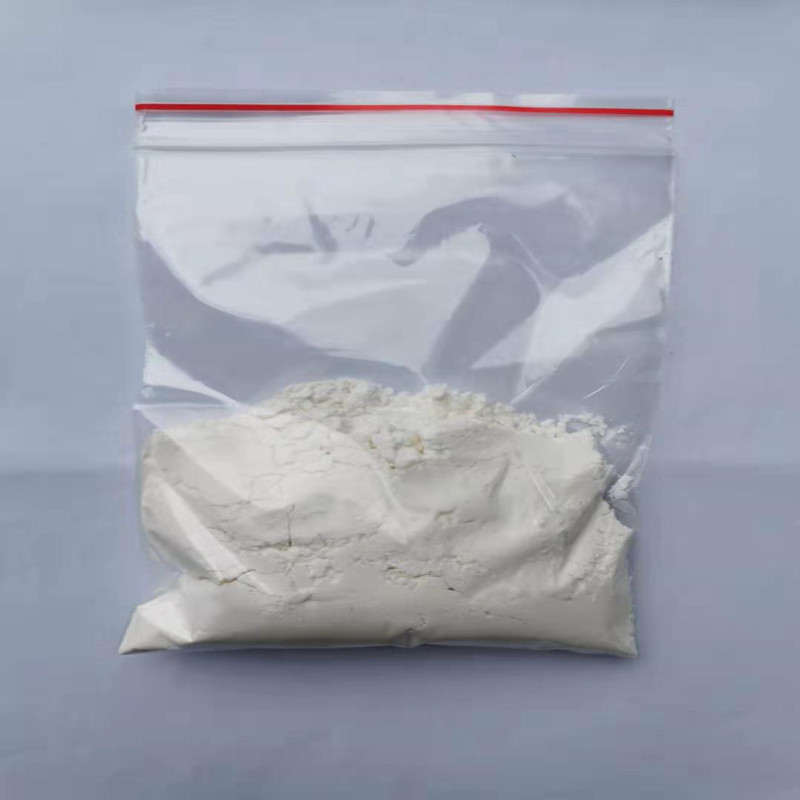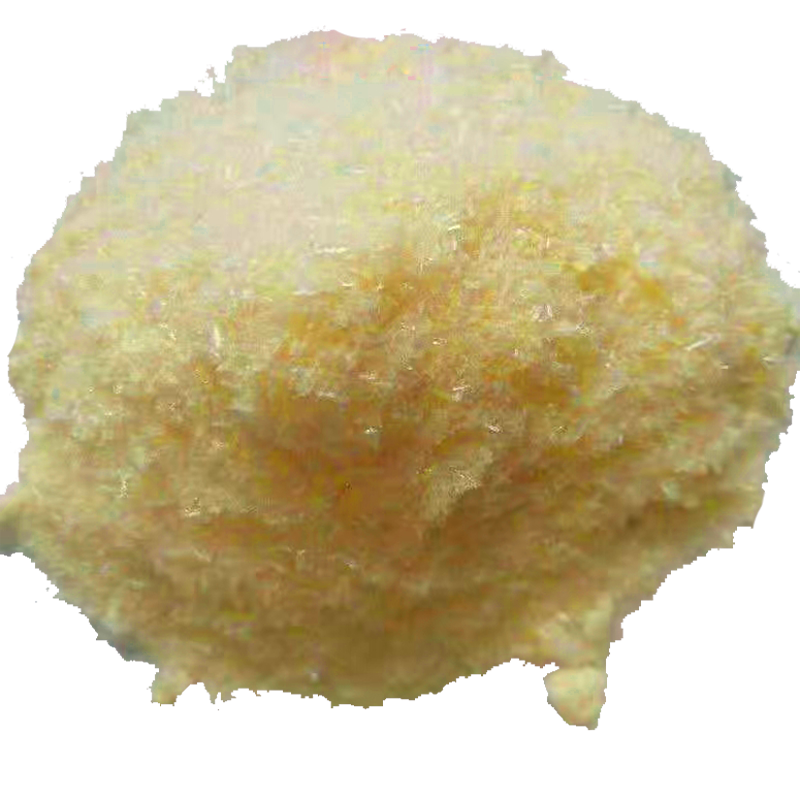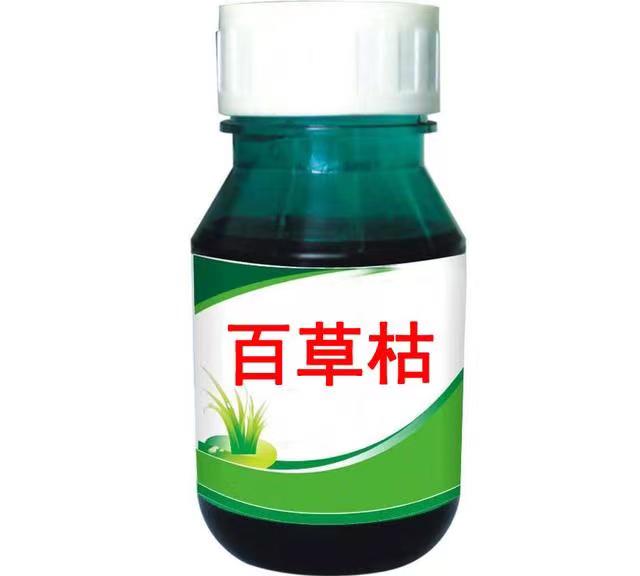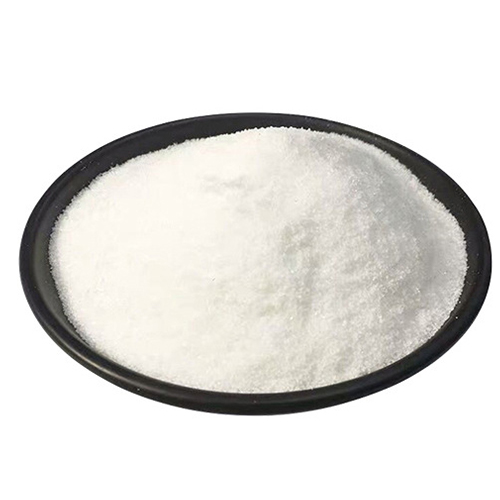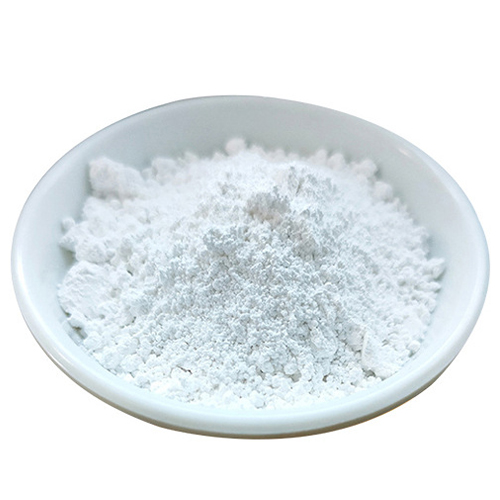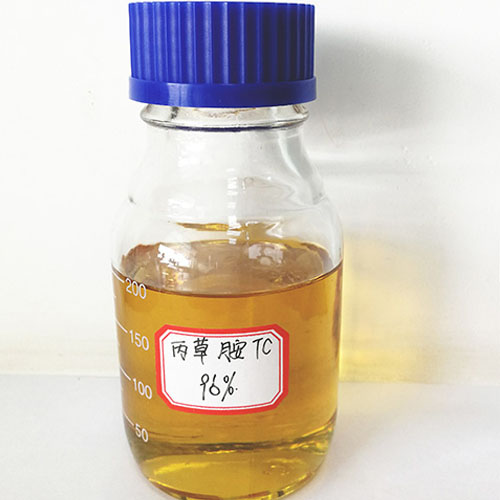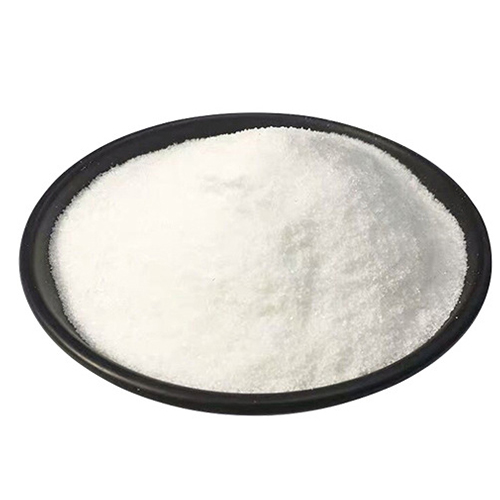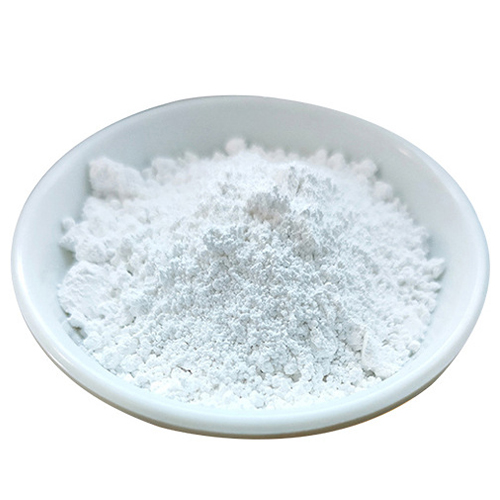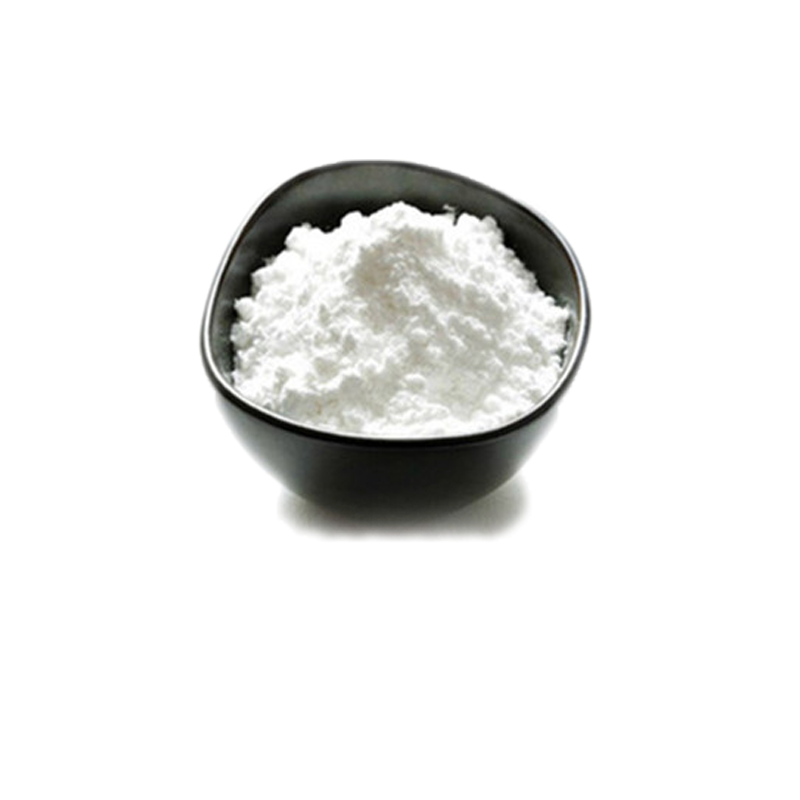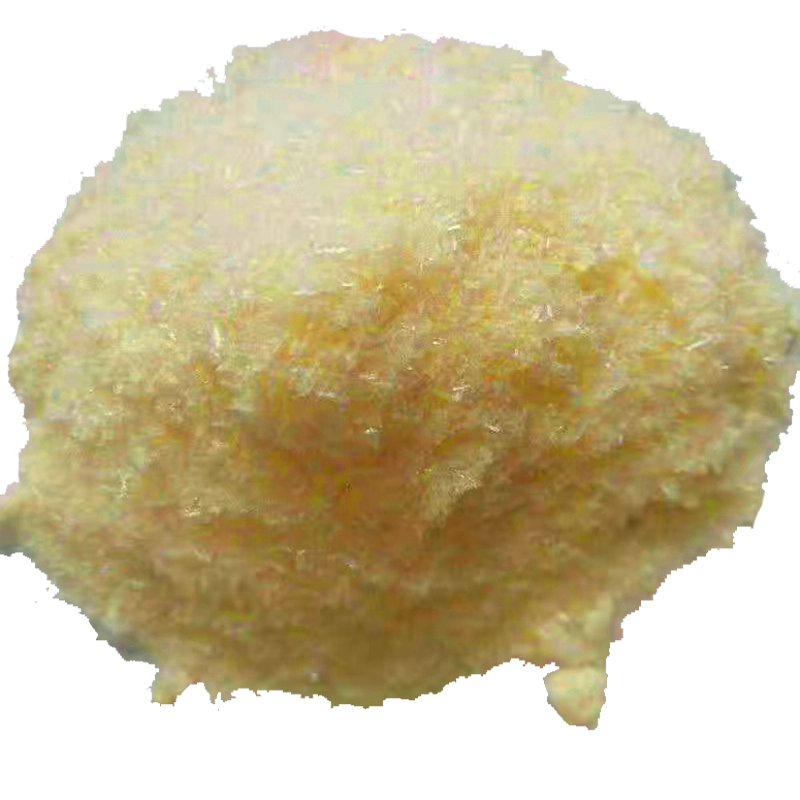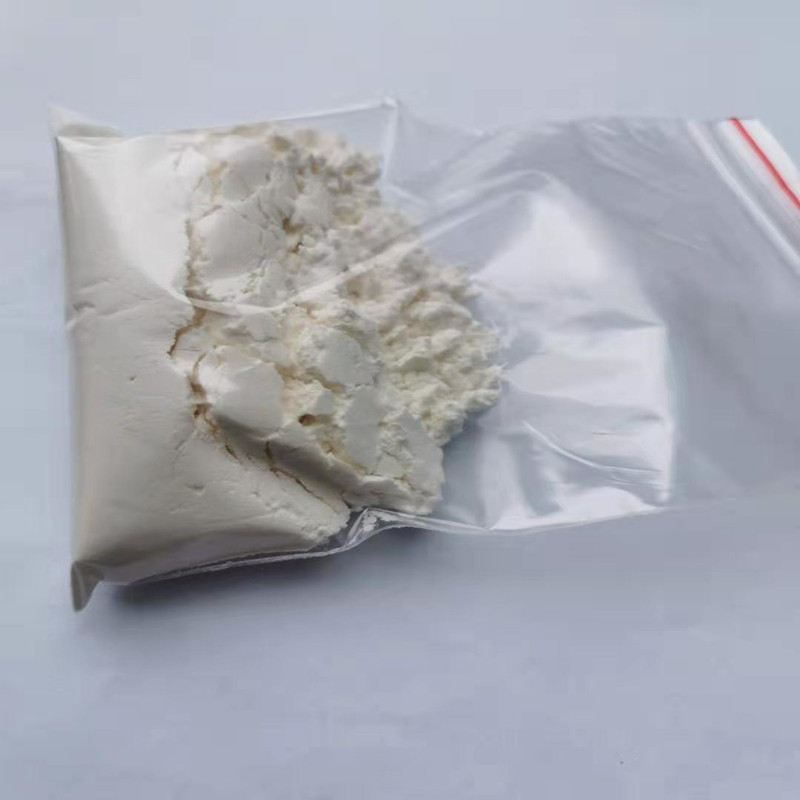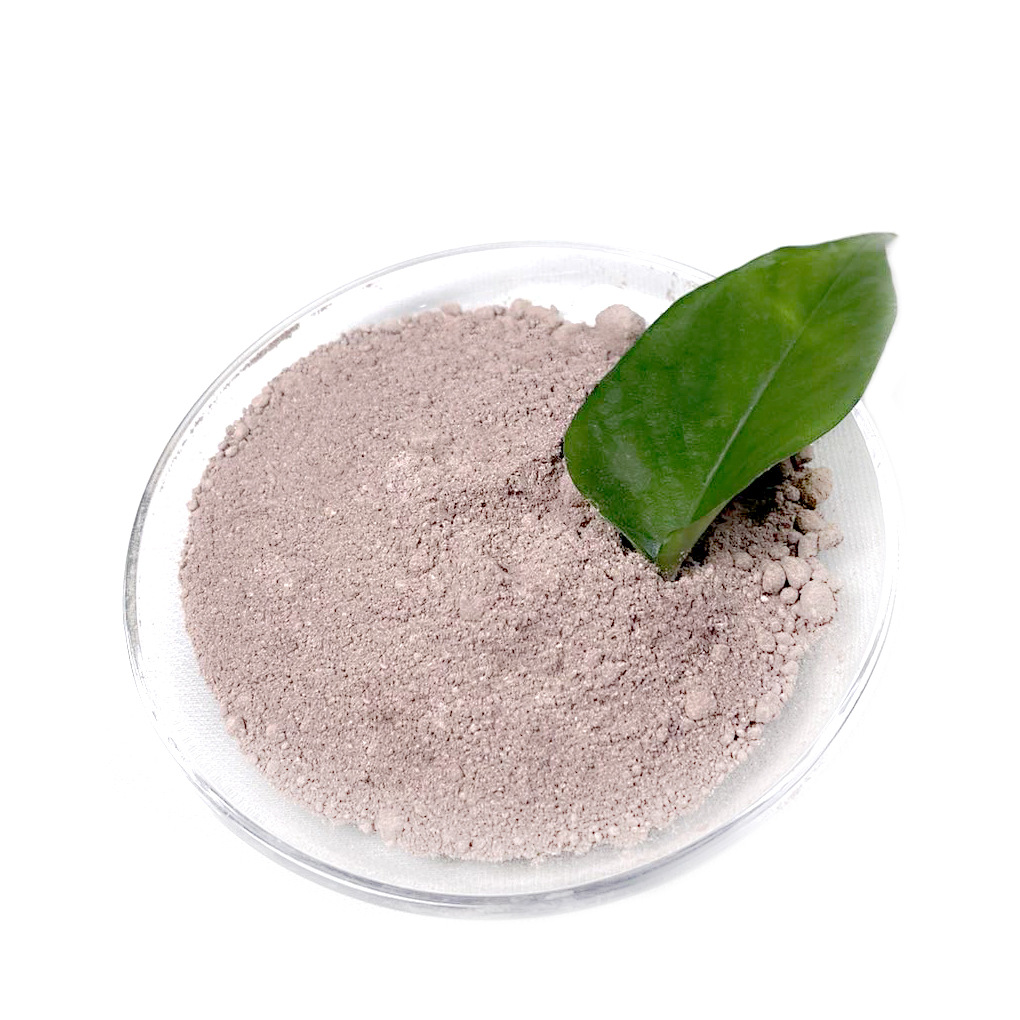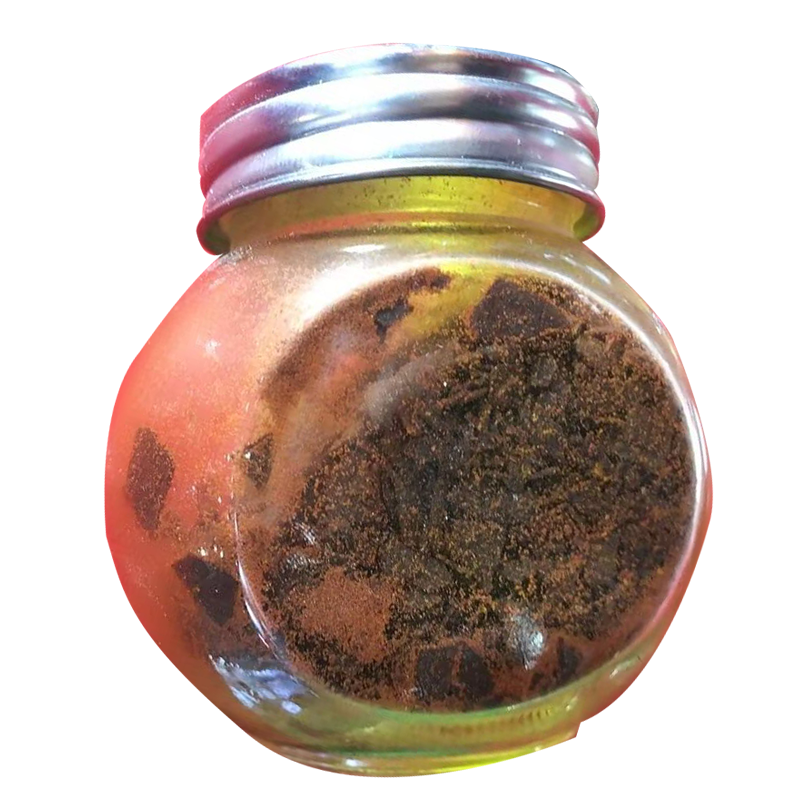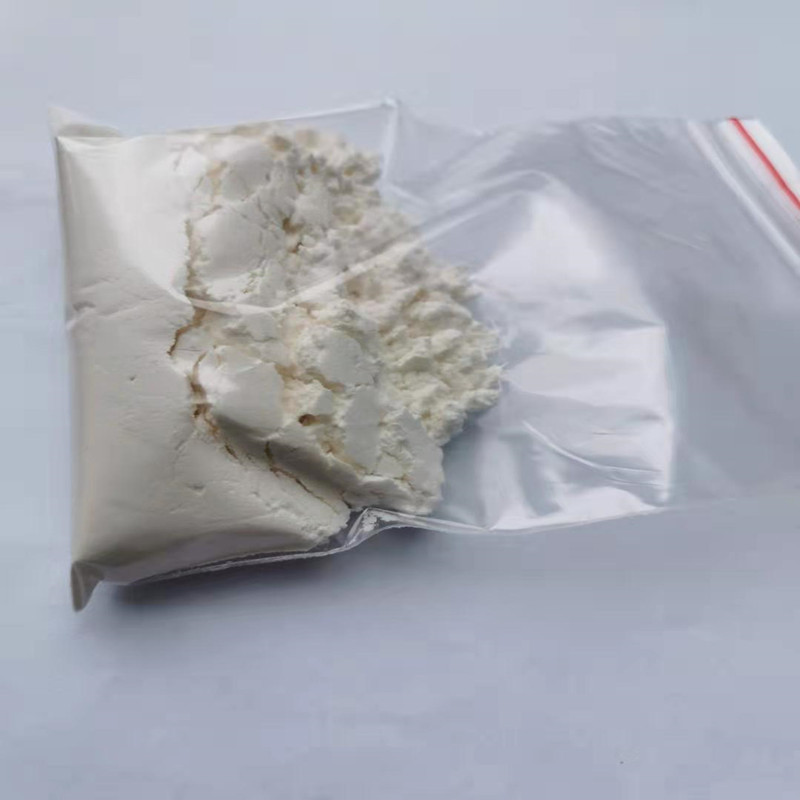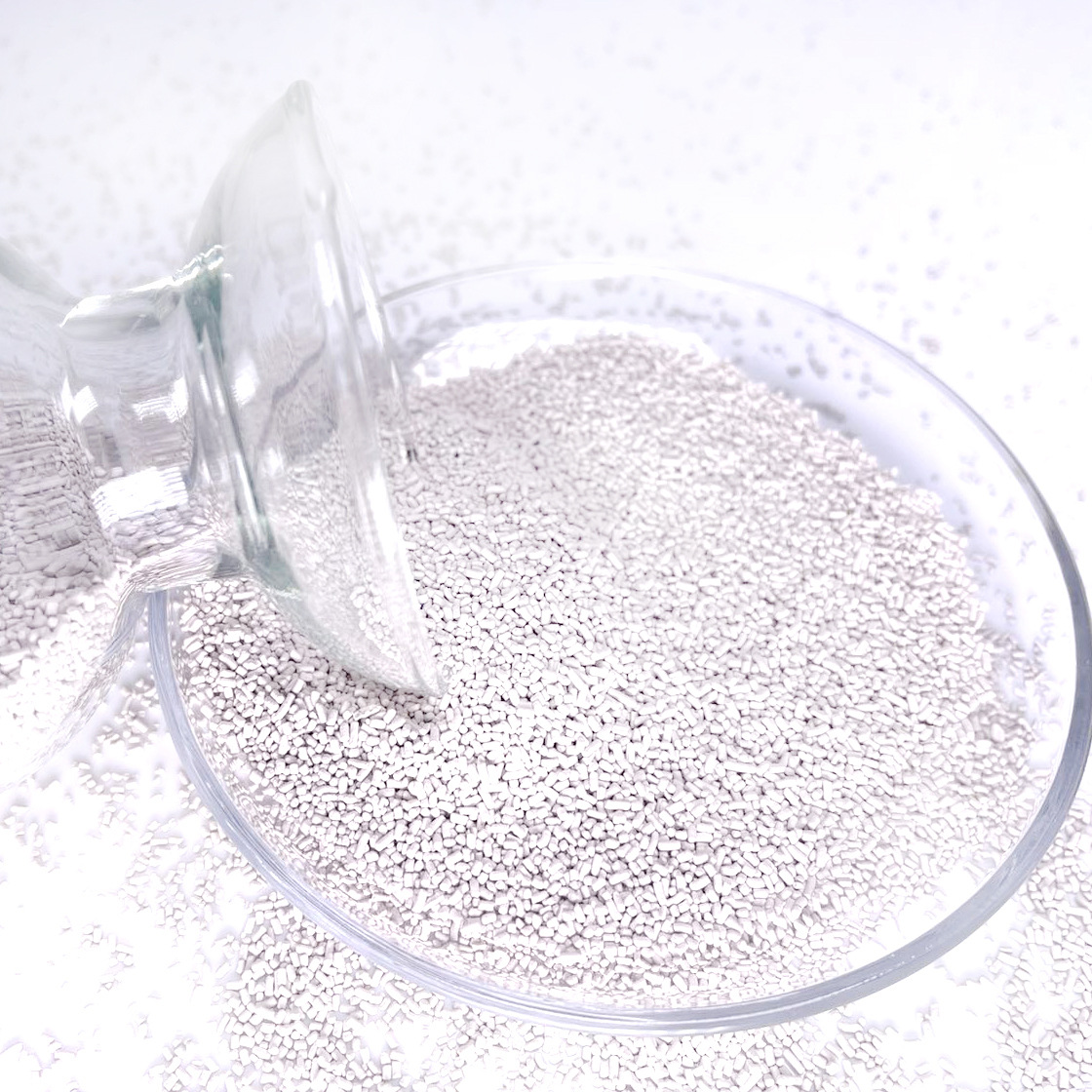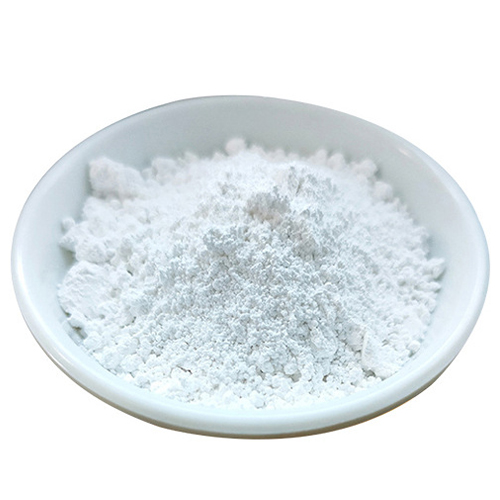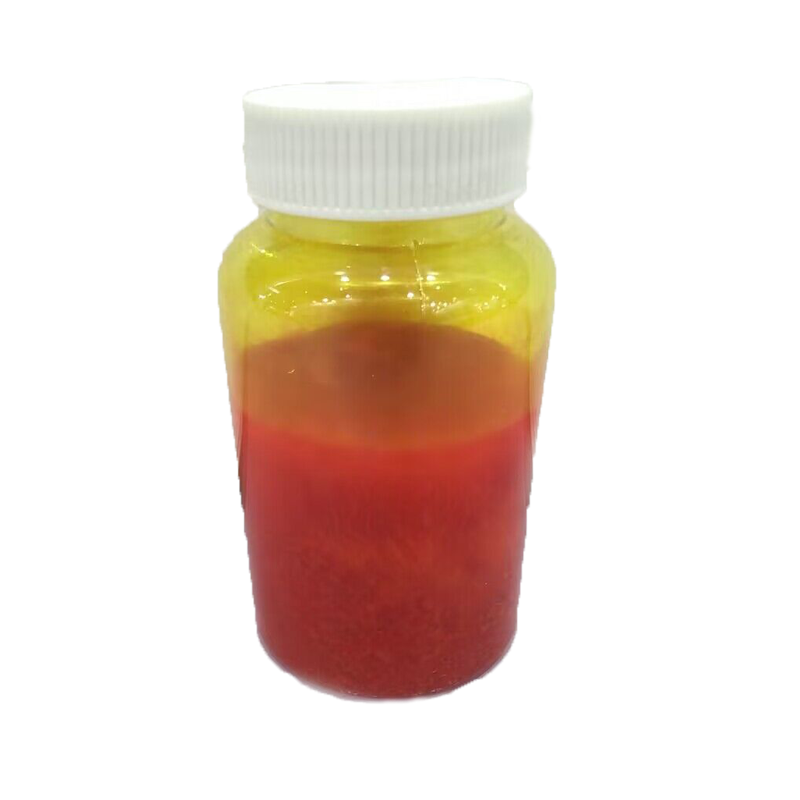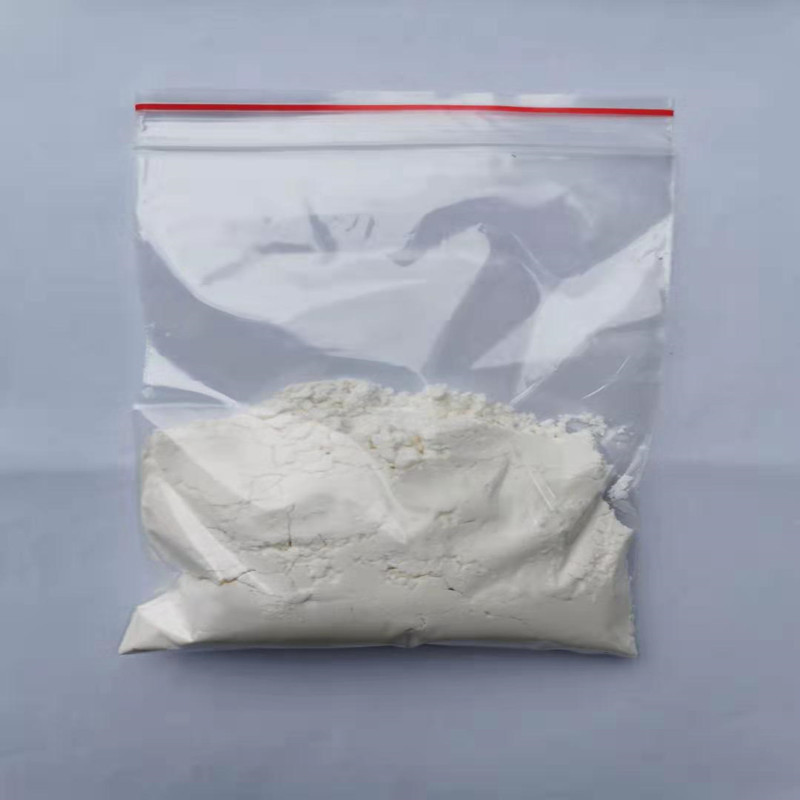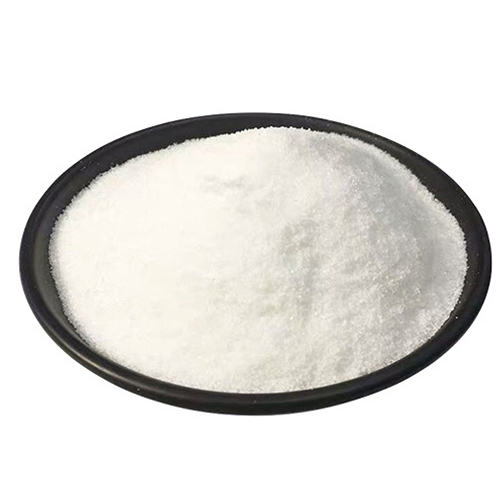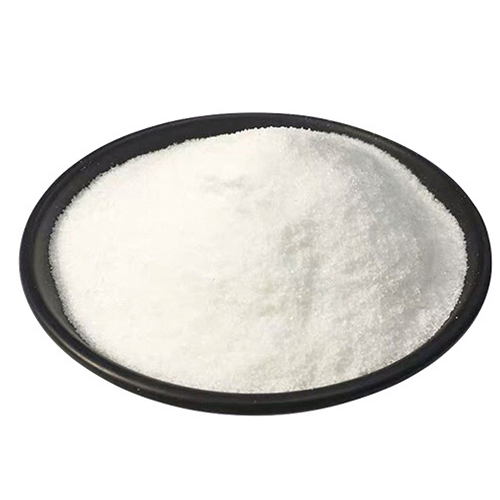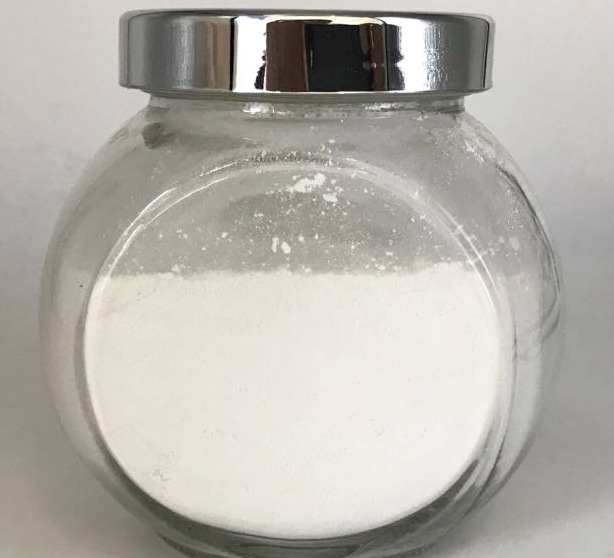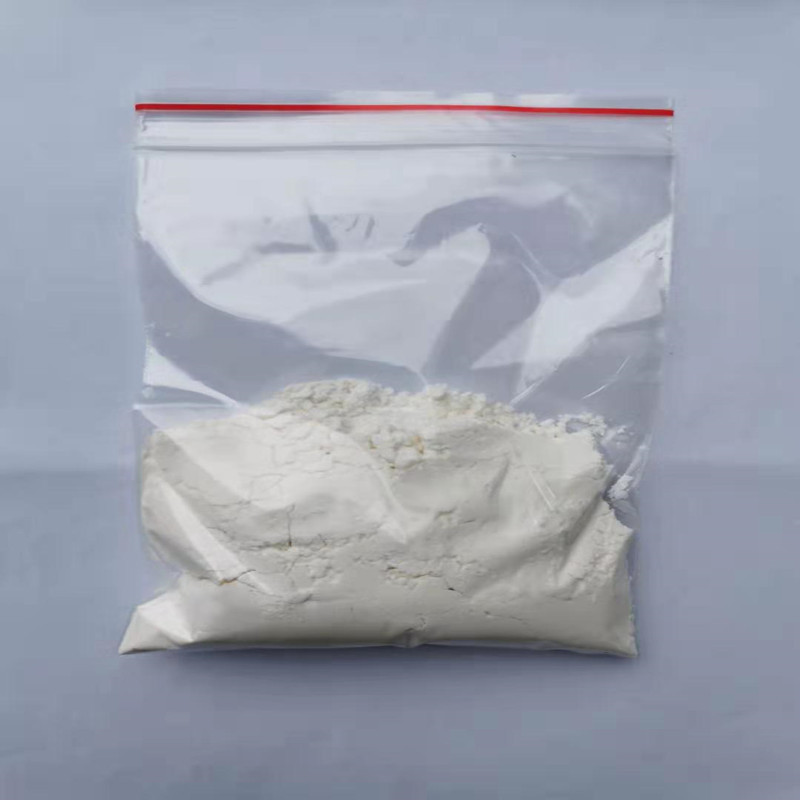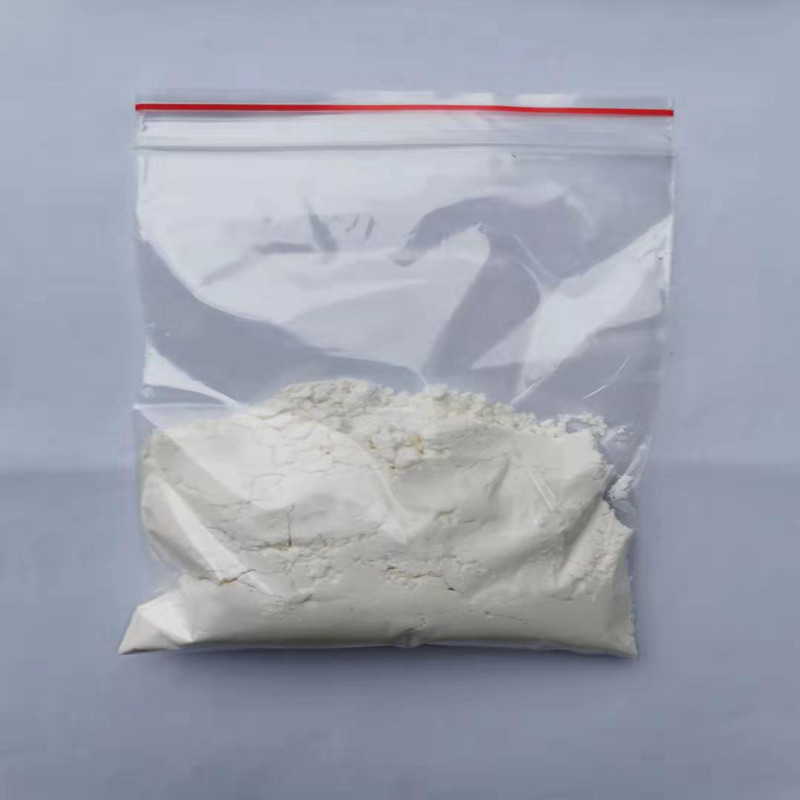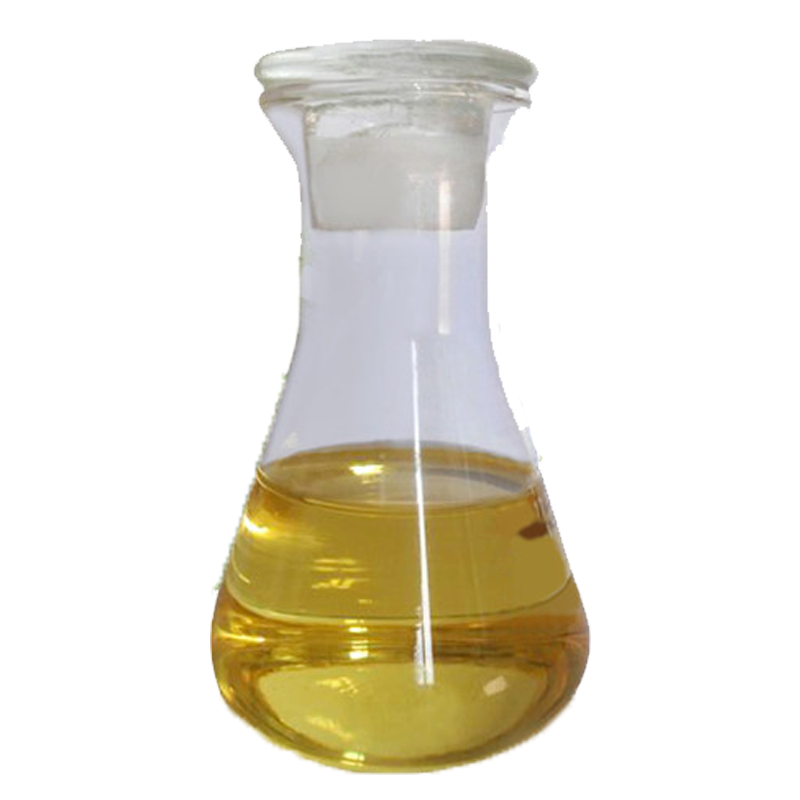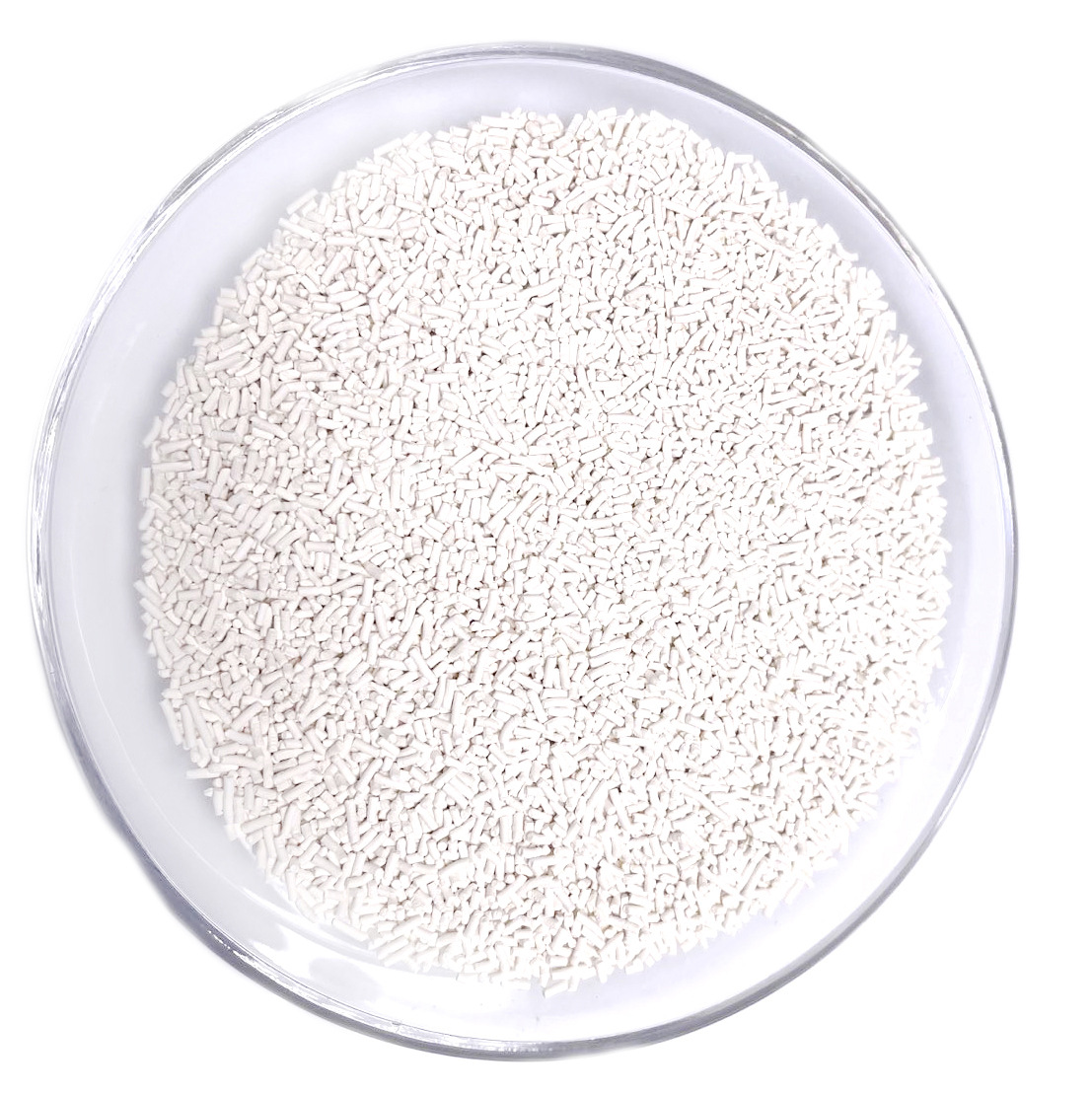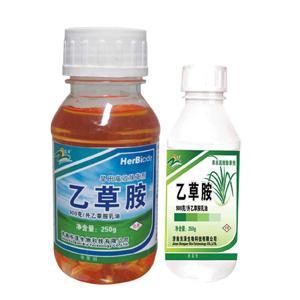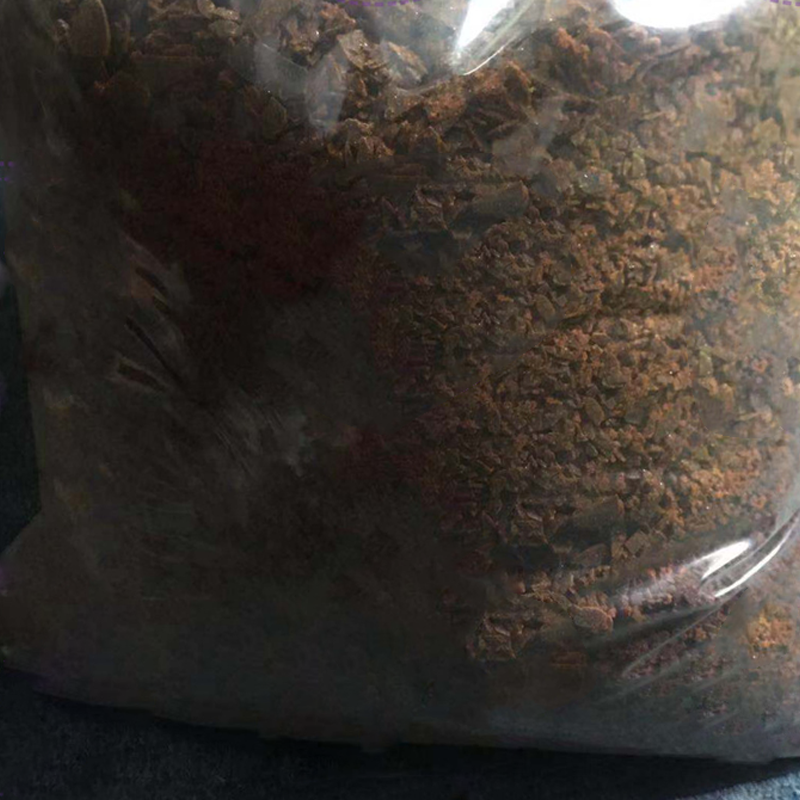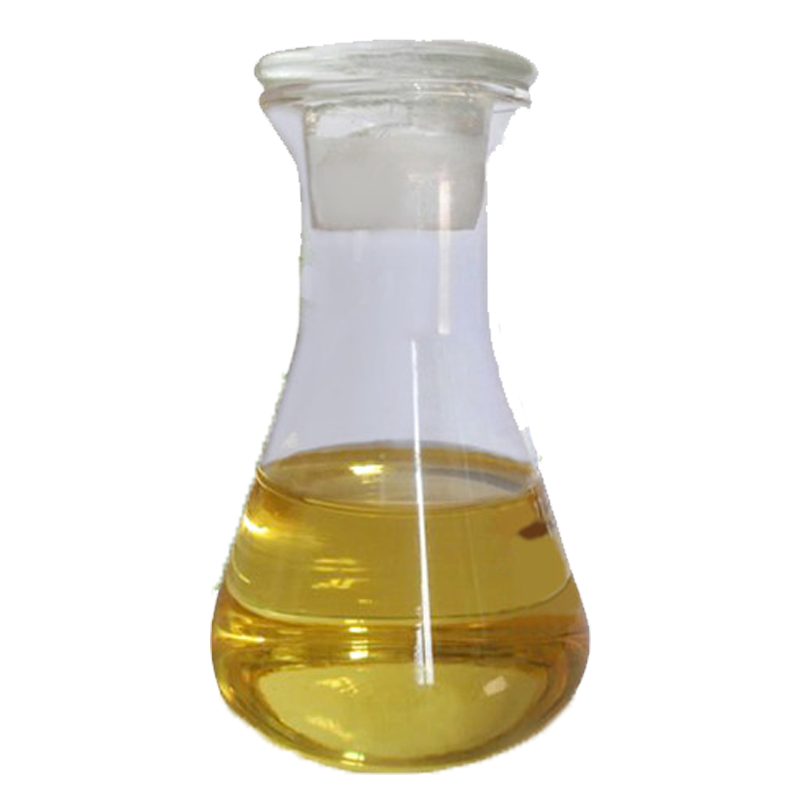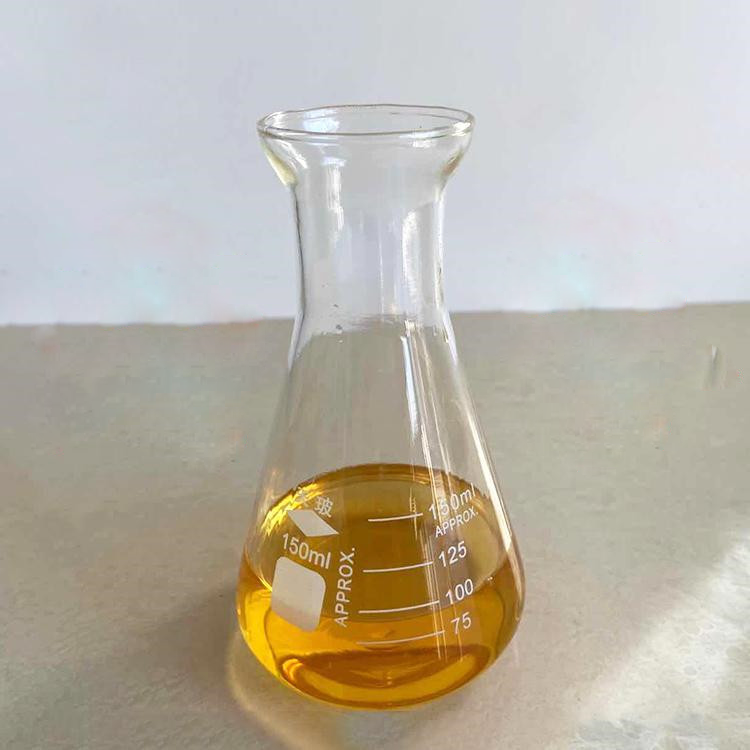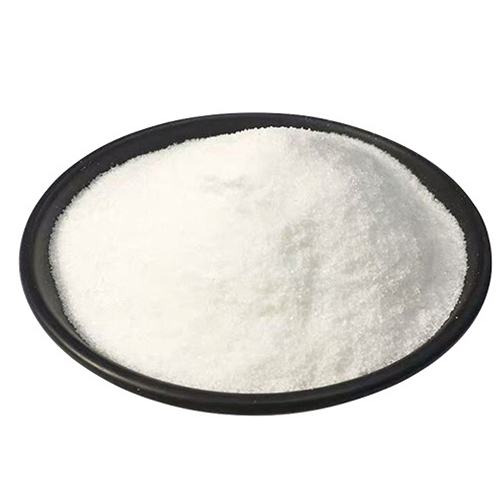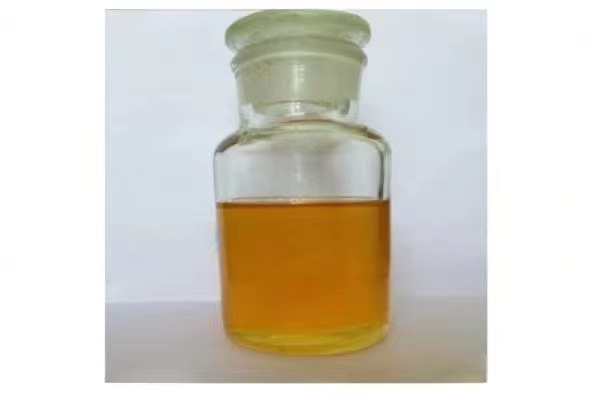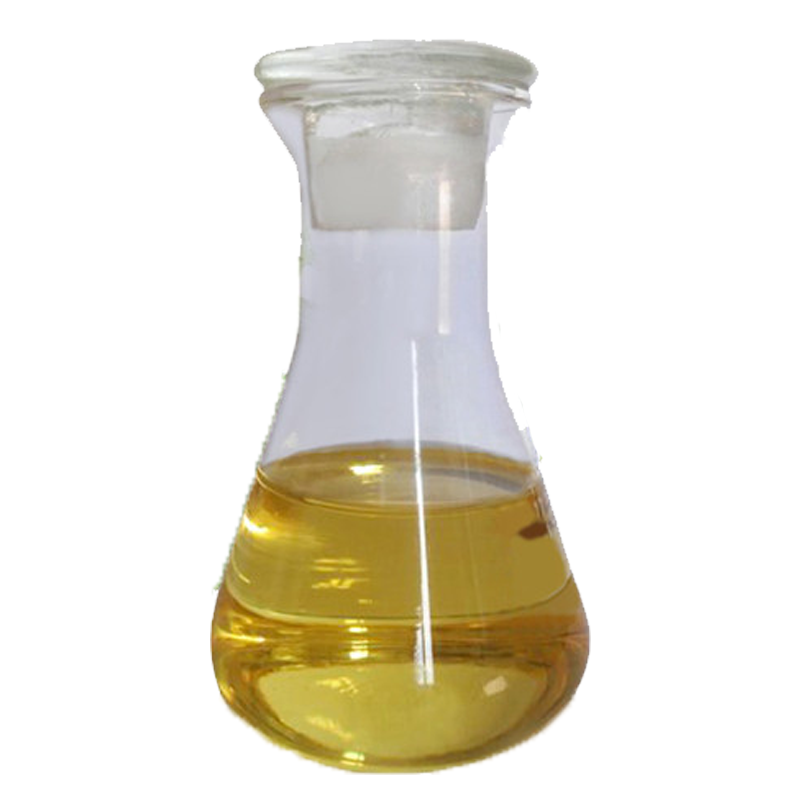
Herbicide Butachlor Cas23184-66-9
Butachlor is an amide systemic selective pre-emergent herbicide. The pure product is a light yellow oily liquid with a slight aroma. After the plant absorbs butachlor, it inhibits and destroys protease in the body, affects the formation of protein, and inhibits the normal growth and development of weed shoots and young roots, so that the weeds die.
CasNo: 23184-66-9
Formula: C17H26ClNO2
Physical State: liquid
Purity(%): 100fold
Application: Agricultura
Color: primrose yellow
Formulation50%-60%EC and used to manufacturer more formulated product
- Category: Herbicide
Butachlor is an amide systemic selective pre-emergent herbicide. The pure product is a light yellow oily liquid with a slight aroma. Insoluble in water, easily soluble in various organic solvents. It is chemically stable at room temperature and under neutral and slightly alkaline conditions. Its decomposition will be accelerated under strong acid conditions, and it can be degraded in soil. Low toxicity to humans and animals, irritating to skin and eyes, highly toxic to fish. Mainly through the weed shoots, followed by absorption through the roots. After the plant absorbs Butachlore, it inhibits and destroys protease in the body, affects the formation of protein, inhibits the normal growth and development of weed shoots and young roots, and causes the weeds to die.
Features of Butachlor
Butachlor is a selective, systemic, pre-emergent soil treatment agent. There are mainly weed shoots (the absorption part of Gramineae is the coleoptile, and the absorption part of broad-leaved grass is the hypocotyl), young secondary roots, and seeds can also absorb, but the amount of absorption is very small. After the medicament is absorbed by the weed, it conducts in the weed body, inhibits the synthesis of protein, makes the young weed plant swollen, deformed, dark green in color, and eventually leads to death. Only a small amount of Butachlore can be absorbed by the rice seedlings, and it is rapidly and completely degraded and metabolized in the body, so the rice seedlings have greater drug resistance.
Applications of Butachlor
It is a selective pre-emergent herbicide, absorbed through its young shoots and young secondary roots, inhibits protein synthesis, and kills weeds. It is mainly used for the control of annual gramineous weeds, annual sedge weeds, and some annual broad-leaved weeds in paddy fields, and can also be used for weed control in barley, wheat, cotton, and peanut crop fields. For example, use 10-30g active ingredient/100m2 to control weeds such as barnyardgrass, water onion, firefly, cattle felt, knotgrass, and bermudagrass in rice fields. 6.8g/100m2 of 60% EC was used 2-3 days before sowing in rice seedling field. After winter wheat and barley are sown and covered with soil, combined with irrigation of seedling water or rainfall, when the soil moisture is good, use 15-18.8mL/100m2 of 60% EC to evenly spray the water on the soil surface.
It is a high-efficiency and low-toxic pre-emergent herbicide, mainly used for the control of most annual grasses and some dicotyledonous weeds in dryland crops. It isused for the control of weeds such as barnyardgrass, goosegrass, and bermudagrass in rice. It is a selective pre-emergent herbicide for controlling gramineous weedsand annual broad-leaved weeds in paddy fields.
It is mainly used for the control of annual grass weeds and certain broad-leaved weeds in direct seeding or transplanting paddy fields. Also selective for wheat, barley, sugar beet, cotton, peanut and cabbage crops. The effective dosage is 1.0-4.5kg (active ingredient) per hectare. It is generally used for soil surface treatment before emergence, and it can also be applied after emergence in paddy fields. It is an important variety of herbicides in paddy fields.
It is mainly used for the control of annual grass weeds and certain broad-leaved weeds in direct seeding or transplanting paddy fields. Also selective for wheat, barley, sugar beet, cotton, peanut and cabbage crops. The effective dosage is 1.0-4.5kg (active ingredient) per hectare. It is generally used for soil surface treatment before emergence, and it can also be applied after emergence in paddy fields. It is an important variety of herbicides in paddy fields.
How to use Butachlor
1. For weeding in live vegetable fields such as kidney beans, cowpeas, cabbage, fennel, seedling cabbage, and spinach, use 100 ml per mu before sowing, mix with 40-50 kg of water, spray evenly on the border, and then sow.
2. Cauliflower, cabbage, eggplant, sweet (spicy) pepper, tomato, etc. are transplanted to the field. Before planting, use 150 grams per mu, add 50 kg of water, and spray the soil evenly.
3. Use in rice seedling field and direct seeding field: After the field is ready, 2-3 days before sowing, irrigate the shallow water layer, use 75-100 ml per mu, add 35 kg of water, spray the land surface evenly, and keep the water layer for 2-3 days , drainage sowing. It can also be sprayed with 100-125 ml of water and 30 kg of water per mu at the stage of 1 leaf, 1 heart to 2 leaves of seedlings and before the stage of 2 leaves of barnyard grass. 4 days. Early live broadcast fields can be sprayed after "soaking in hood water" after sowing.
4. Use in transplanting fields: Generally, 3-5 days after transplanting, when barnyardgrass and other germination peaks, use 100-125 ml per mu, spray 35 kg of water evenly, or sprinkle 5% granules 1000- 1200 grams, keep the shallow water layer for 3-4 days.
5. Use of crops in dry land: Spray 100-125 milliliters per mu and 50 kilograms of water evenly on the surface of the land after sowing small (big) wheat to before emergence.
Precautions for Butachlor
(l) After spraying and sowing in seedling fields and direct seeding fields, the fields should not be flooded.
(2) The control effect on weeds before emergence is good, but the control effect on large grasses is poor. It should be applied before sowing and planting as much as possible.
(3) For post-emergence application, the water layer should not overwhelm the heart leaves of the seedlings, and should be drained in time in case of heavy rain. Otherwise, it is easy to cause drug injury.
(4) Butachlor is highly toxic to fish, so it cannot be used in fish and rice fields, and do not pour residual medicine or sprayer washing water into lakes, rivers or ponds.
(5) The effect of using Butachlore is good when the soil has a certain temperature. Dry fields should be watered or sprayed before application to improve efficacy.
(6) During the sowing period of melons and solanaceous vegetables, the use of this product has certain phytotoxicity, so it should be used with caution.
(7) Butachlor mainly kills monocotyledonous weeds, and is ineffective or ineffective against most broad-leaved weeds. For plots with more broad-leaved weeds in the vegetable field, consider using herbicides such as clofenac and clopyralid instead.
(8) The spraying should be even, so as to prevent the damage caused by excessive local application, or the phenomenon of missed spraying.
Package of Butachlor
We also supply some accessories to add more functions for end-users' convenience, which also help our distributors and business partners sell our products in their area. Any special package requirements, please don't be hesitate to tell us.
Large Package:
Solid: 25Kg UN approved fiber drums with LDPE liner;
Liquid: 200L UN approved HDPE or iron drums.
Retail Package:
Solid: 10g;50g;100g;500g;1kg;5kg;25kg
Suppliers of Butachlor
Agripestcide is a professional pesticide chemical manufacturer, supplying good and effective herbicide Butachlor with high quality and good service. If you are looking for Bulk Herbicide Butachlor, please feel free to contact us for latest price.
Name | Butachlore |
Formula | C17H26ClNO2 |
Molecular Weight | 311.85 |
EINECS N0. | 245-477-8 |
Melting Point | <-5°C |
Boiling Point | 156°C (0.5 torr) |
Physical State | liquid |
Color | Primrose yellow |
Purity | 100fold |
Package | 25kg Cardboard barrel |
Application | Agricultural |
Storage | Ventilation low temperature drying |
Sample | Available |
EXP | 2 years |
Send an Inquiry
Your email address will not published. Required fieled are marked.
Related Products
Check out other related Products

